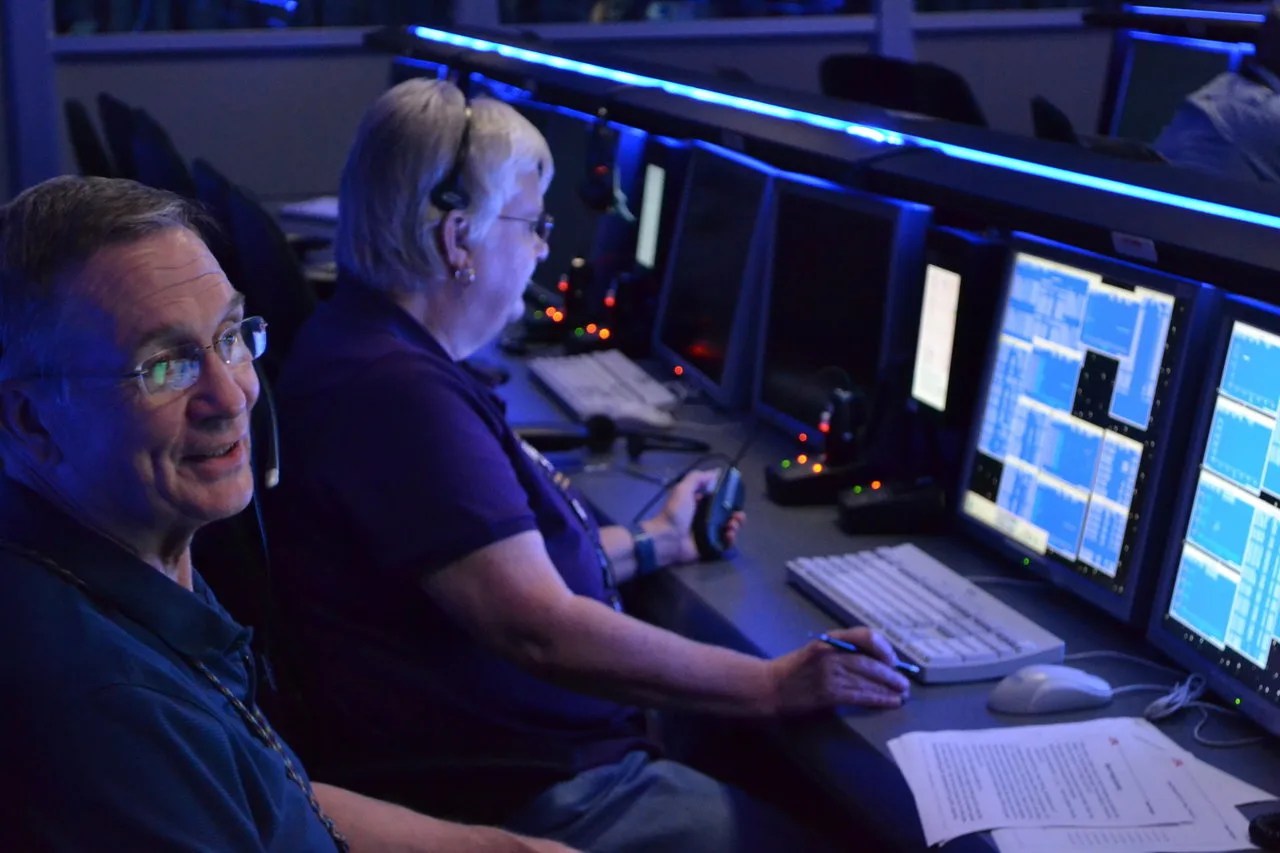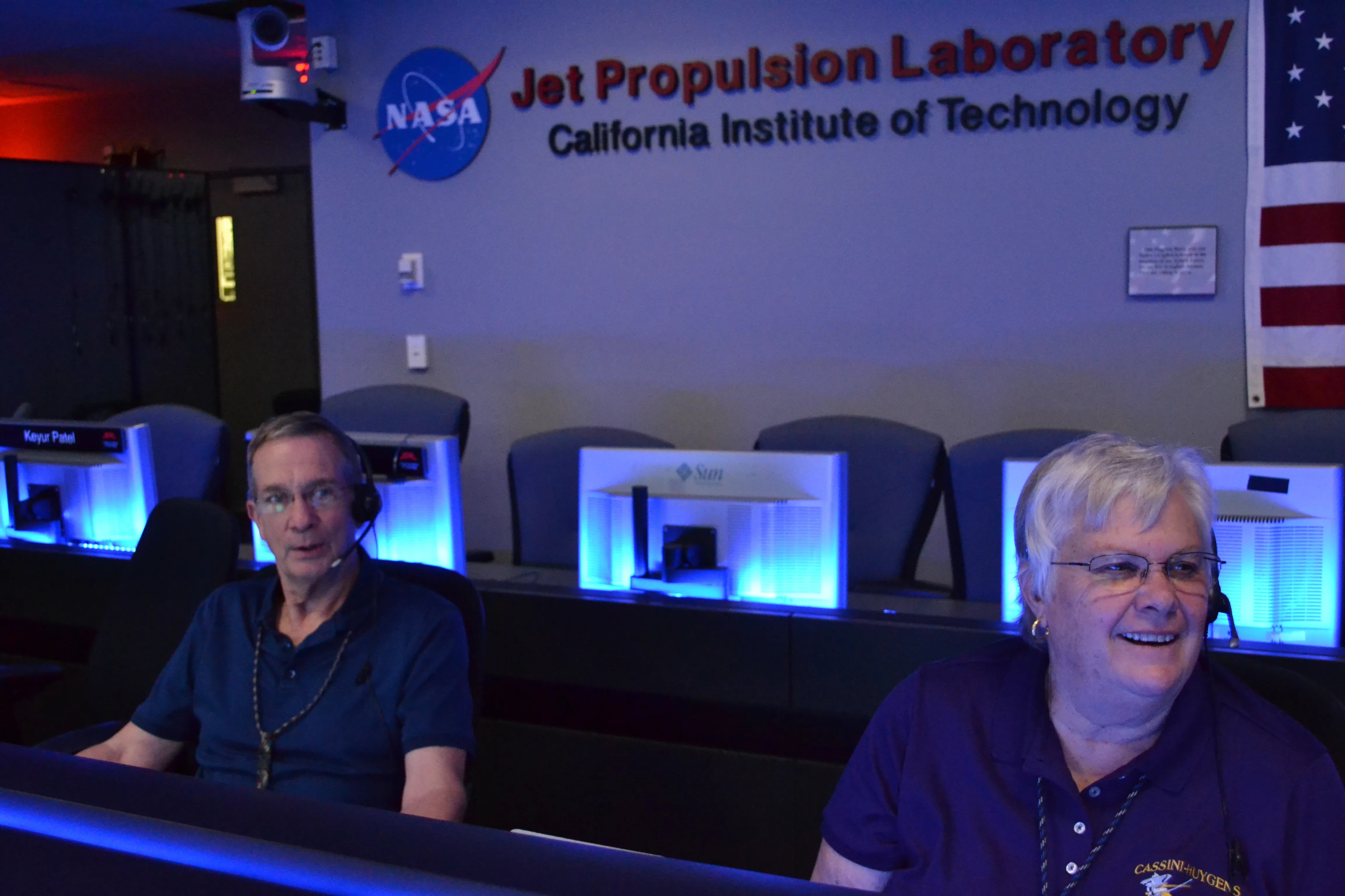2 min read

“It’s all good,” said Cassini Project Manager Earl Maize after the spacecraft’s successful course adjustment July 15, adding, “What a machine.” Maize and several other members of Cassini’s flight team were in the mission control room at JPL early Saturday morning to check on the spacecraft after its final planned maneuver.
Cassini’s flight team haven’t ruled out the possibility of another maneuver, but they say it’s unlikely.
Since launch, Cassini has used its propulsion system to adjust course 360 times. The adjustments, called orbit trim maneuvers, are performed using either the spacecraft’s main engine or the attitude control thrusters. Cassini used its thrusters for the July 15 maneuver, as it has for nearly half of its maneuvers.
The maneuvers, or “burns,” are small corrections that nudge Cassini back toward its intended and ideal trajectory (called the “reference trajectory”). Cassini has not performed all of the 492 burns the team planned, because not all of them were needed. When the spacecraft is extremely close to its reference trajectory, it’s simply not necessary to start up Cassini’s propulsion system for 1 millimeter (0.04 inch) per second of velocity change, or “delta-v.”

“We don’t like to do them when they’re below 10 millimeters [0.4 inches] per second,” said Julie Webster, Cassini manager of spacecraft operations. According to data that Cassini transmitted to Earth July 15, the final burn lasted 153.125 seconds and gave the spacecraft 143.64 millimeters (5.7 inches) per second of delta-v.
Cassini is now less two months from end of mission. If all goes well for its remaining orbits, the spacecraft’s main engine won’t be used ever again. The thrusters, however, will be used throughout the mission’s remaining weeks, especially during Cassini’s plunge into Saturn on Sept. 15 when the thrusters will, for as long as possible, keep the spacecraft oriented so that its radio antenna is pointed at Earth.
Neither Maize nor Webster really needed to be in mission control Saturday morning, but they wanted to. “We’re just here because we’re nerds, and because it’s the last one,” Webster said. “I’m also here for moral support...and because Earl brought doughnuts.”







